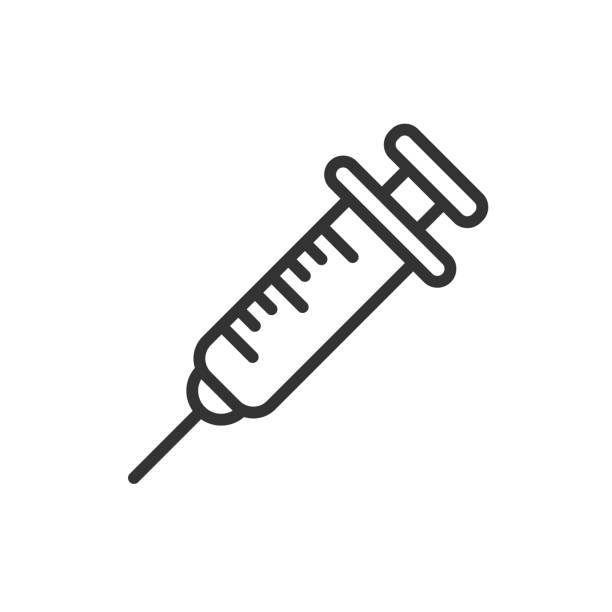Indications
Fludarabine Phosphate is indicated for the treatment of adult patients with B-cell chronic lymphocytic leukemia (CLL) who have not responded to or whose disease has progressed during treatment with at least one standard alkylating-agent containing regimen. The safety and effectiveness of Fludarabine Phosphate in previously untreated or non-refractory patients with CLL have not been established.
Pharmacology
Fludarabine phosphate is rapidly dephosphorylated to 2-fluoro-ara-A and then phosphorylated intracellularly by deoxycytidine kinase to the active triphosphate, 2-fluoro-ara-ATP. This metabolite appears to act by inhibiting DNA polymerase alpha, ribonucleotide reductase and DNA primase, thus inhibiting DNA synthesis leading to cell death. The mechanism of action of this antimetabolite is not completely characterized and may be multi-faceted.
Dosage And Administration
Intravenous (Adult):
Chronic lymphocytic leukaemia: 25 mg/m2 BSA daily given by bolus inj or by IV infusion over 30 minutes for 5 consecutive days. Courses may be repeated every 28 days, usually for up to 6 cycles.
Oral (Adult):
Chronic lymphocytic leukaemia: 40 mg/m2 BSA daily for 5 consecutive days. Courses may be repeated every 28 days, usually for up to 6 cycles.
Interaction
Co-administration with pentostatin may lead to pulmonary toxicity. Reduced metabolic activation of fludarabine with cytarabine. Reduced therapeutic efficacy with dipyridamole and other adenosine uptake inhibitors.
Contraindications
Renal impairment (CrCl <30 mL/min); decompensated haemolytic anaemia. Pregnancy and lactation. Concomitant use of live vaccines.
Side Effects
Fever, chills, cough, dyspnoea, pneumonia; GI disturbances, stomatitis; oedema; tumour lysis syndrome; skin rashes; haemolytic anaemia, haemorrhagic cystitis; neurological disturbances including peripheral neuropathy, agitation, confusion, visual disturbances and coma. Progressive encephalopathy and blindness (high doses).
Pregnancy And Lactation
Pregnancy Category D. There is positive evidence of human foetal risk, but the benefits from use in pregnant women may be acceptable despite the risk (e.g., if the drug is needed in a life-threatening situation or for a serious disease for which safer drugs cannot be used or are ineffective).
Precautions And Warnings
Routine monitoring of blood counts and Hb conc. Monitor for signs of autoimmune haemolytic anaemia; elderly. Avoid contact with skin and eyes; avoid inhalation. Myelosuppression may be cumulative and severe increasing risk of opportunistic infections. Increased risk of tumour lysis syndrome in patients with high tumour burden.
Therapeutic Class
Cytotoxic Chemotherapy
Use in special populations
Renal Impairment:
- CrCl 30-70: May reduce the doses by up to 50%
- Severe impairment: Avoid
Storage Conditions
Refrigerate at 2-8° C
